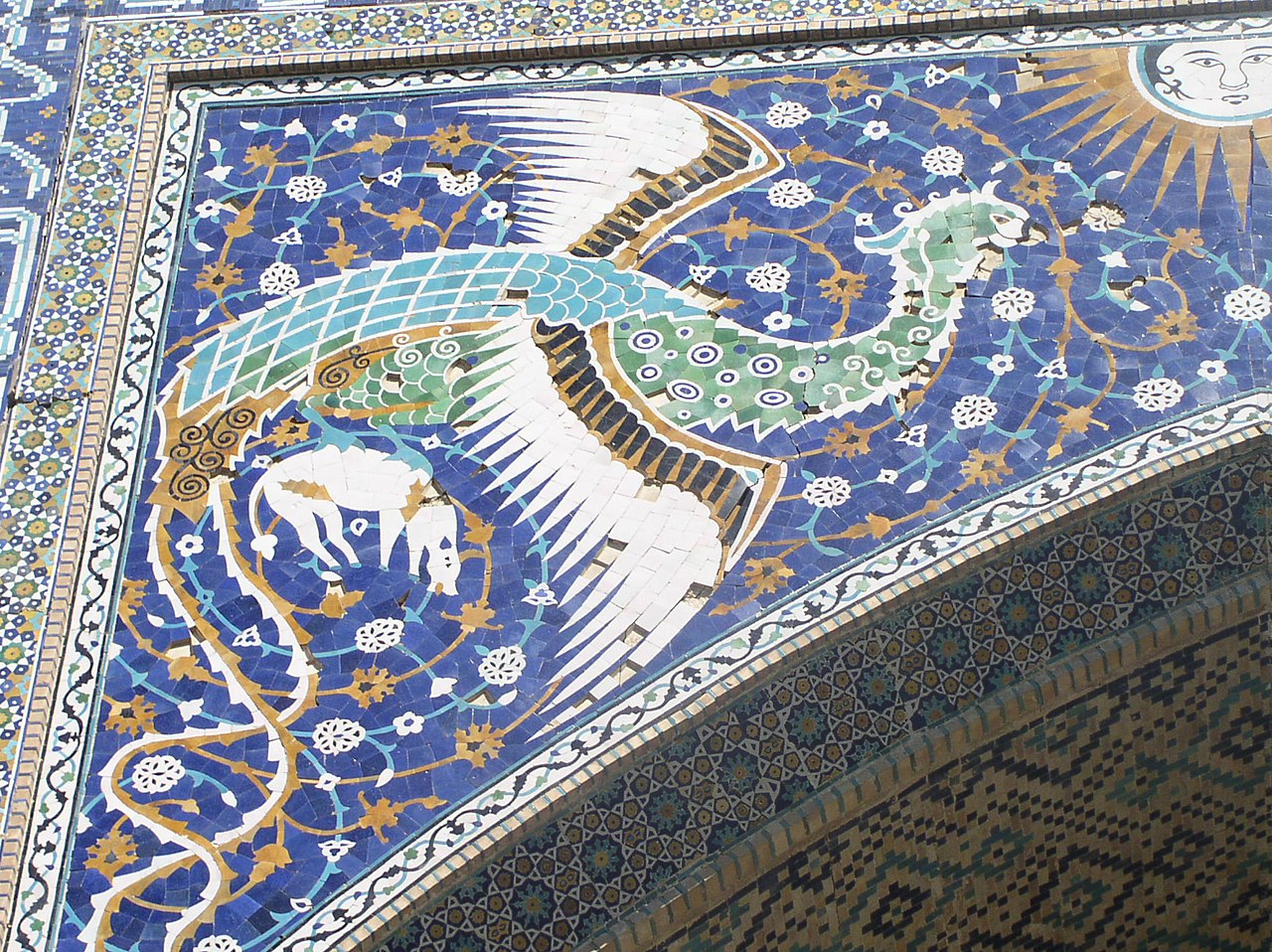Nikola Benin, Ph.D

It developed in what is now Iran
after about 1500 B. C. Zoroastrianism emerged in the region about a thousand
years later. It held on to many of the earlier beliefs but added new themes,
deities, and myths. The result was a mythology based on a dualistic vision: a
cosmic clash between good and evil.The earliest information about Persian
mythology comes from Avesta.
The driving forces of that
mythology were two powerful gods, Ahura Mazda the creator, a god of light, truth,
and goodness, and his enemy Ahriman, the spirit of darkness, and evil, created
only destructive things such as vermin, disease, and demons.
The world was their battlefield.
The ancient Persian pantheon also
included Mithras, a god associated with war, the sun, and law and order, who
became the object of a widespread cult in the Roman empire. Anahita was a goddess
of water and fertility. Verethraghna, a god of war and victory, appeared on
earth in ten forms: as wind, a bull, a horse, a camel, a boar, a youth, a
raven, a ram, a buck, and a man.
Zoroastrianism was one of the
first belief systems to include a vision of the end of the world. Historians of
mythology think that certain beliefs in the Jewish, Christian, and Islamic
faiths probably grew out of Persian tradition.
Gholnar Ghal’e Khani – „I. Avesta
Sources Zend-Avesta is the Zoroastrian's religious text, teaching the worship
of Ahura Mazda in the context
of a universal
struggle between the
forces of light and
darkness. In Zend-Avesta, Iranian
national and epic stories are narrated. It is written in one of the
ancient Persian languages,
and except for
Avesta and the
attached manuscripts, no other text is written in this language.
Its written symbols and alphabets are based on a version of
Pahlavi writing invented
in the reign
of Sasasnian dynasty
(3rd to 17th A.D.).“
References 1. Afifi, Rahim..
Iranian Mythology and Culture in Pahlavi Texts. Tehran: Toos Publications,
1995.
2. Amozegar, Jaleh. The History
of Iranian Mythology. Tehran: Samt Publications, 1988.
3. Bahar, Mehrdad. Resarch on
Iranian Mythology. Tehran: Agah Publications, 1981.
4. Bartholemae, C. The
Altiranisches Worterhuch. Berlin: 1975.
5. Campbell, Joseph. The Power of
Myth. Trans. Abbas Mokhber. Tehran: Markaz Publications, 2002.
6. Christensen, Arthur. Les
Kayanides. Kobenhavn: Fred. Host, 1931.
7. Curtis, Vesta S. Iranian
Mythology. Trans. Abbas Mokhber. Tehran: Markaz Publications, 1994.
8. Eliade, Mircea. (1998). Avesta
of Myth of Eternal Return.
9. Ferdowsi, Abol Ghasem. Shahnameh. Trans.
Helen Zimmern. New York: Harper and Row, 1962.
Няма коментари:
Публикуване на коментар